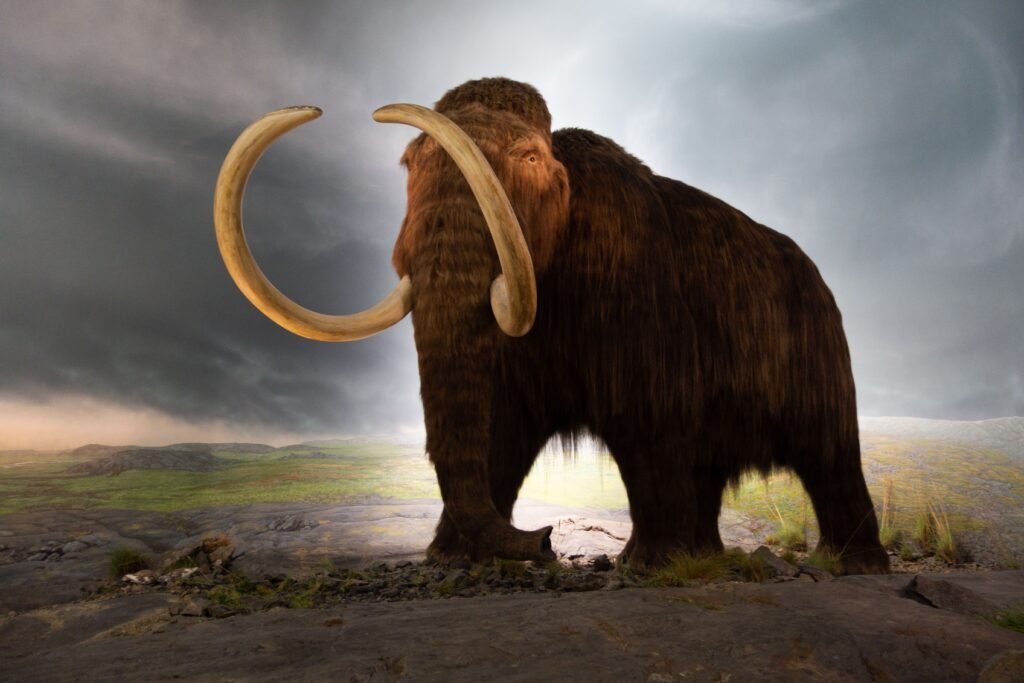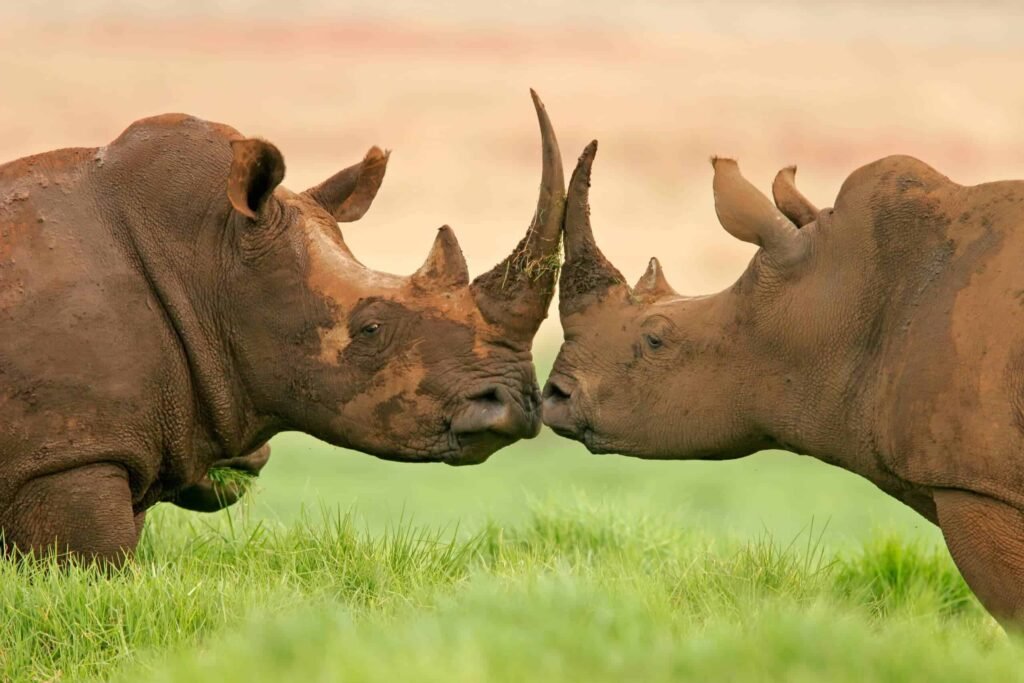Imagine a world where time freezes, locking away secrets for tens of thousands of years. Now picture a colossal mammoth, perfectly preserved beneath the earth, its fur still soft, its stomach full of grass from an ancient meadow. This isn’t a fantasy—it’s the astonishing reality hidden in the world’s permafrost. As the ground thaws and ancient creatures reappear, scientists are racing against the clock to uncover these treasures before they vanish forever. The mysteries lying in the mud aren’t just relics—they’re time capsules, offering glimpses into vanished worlds and new hope for understanding our planet’s future.
The Frozen Vault Beneath Our Feet
Permafrost covers almost a quarter of the Northern Hemisphere, stretching across Siberia, Alaska, Canada, and Greenland. It’s like nature’s deep freezer, trapping soil, rocks, and organic material in a layer that never melts. This icy ground can reach depths of over 1,500 meters, preserving everything from ancient seeds to massive animal carcasses. When you walk across a tundra, you might not realize you’re treading above a buried museum, where history waits in suspended animation. For scientists, permafrost is a treasure trove, holding samples uncontaminated by time or decay. Every inch of ice is a chapter, waiting to be read.
Mammoths: Giants of the Ice Age, Frozen in Time
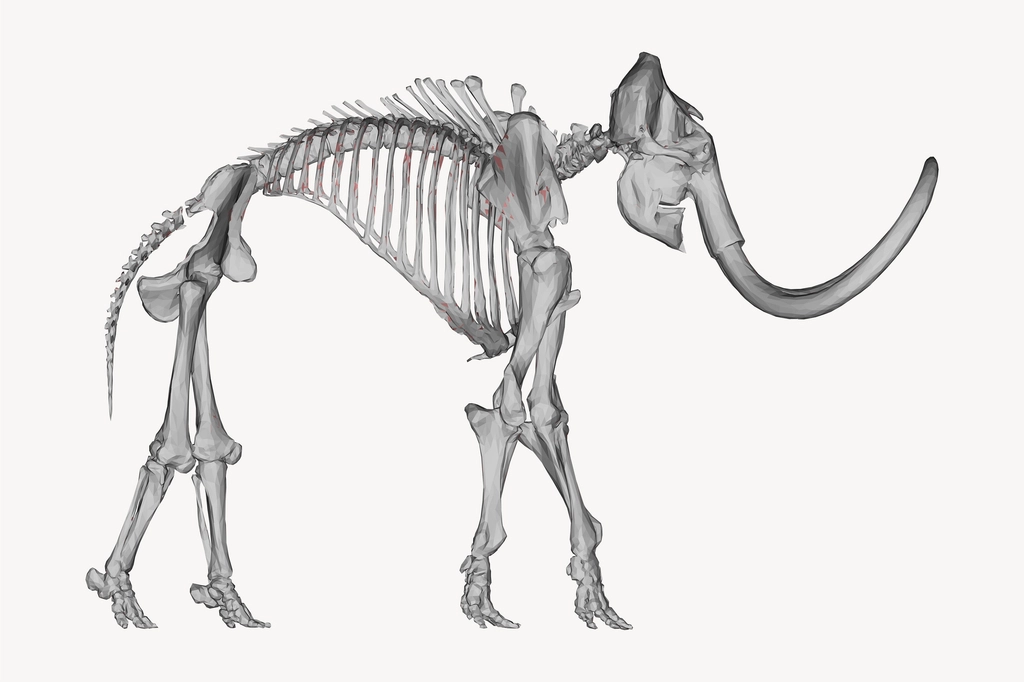
Few discoveries capture the imagination like the mammoths found in permafrost. Some of these ancient giants, extinct for thousands of years, emerge with skin, hair, and even internal organs intact. In Siberia, children have stumbled upon tusks jutting from riverbanks, while researchers carefully extract entire mammoth bodies from the mud. These finds aren’t just stunning—they’re packed with scientific information. By studying their tissues and DNA, scientists piece together what these animals ate, how they lived, and even the diseases they carried. The mammoth’s return is like a postcard from the Pleistocene, delivered thousands of years late, and it has the power to rewrite our understanding of extinct life.
Ancient Plants: Seeds of the Past
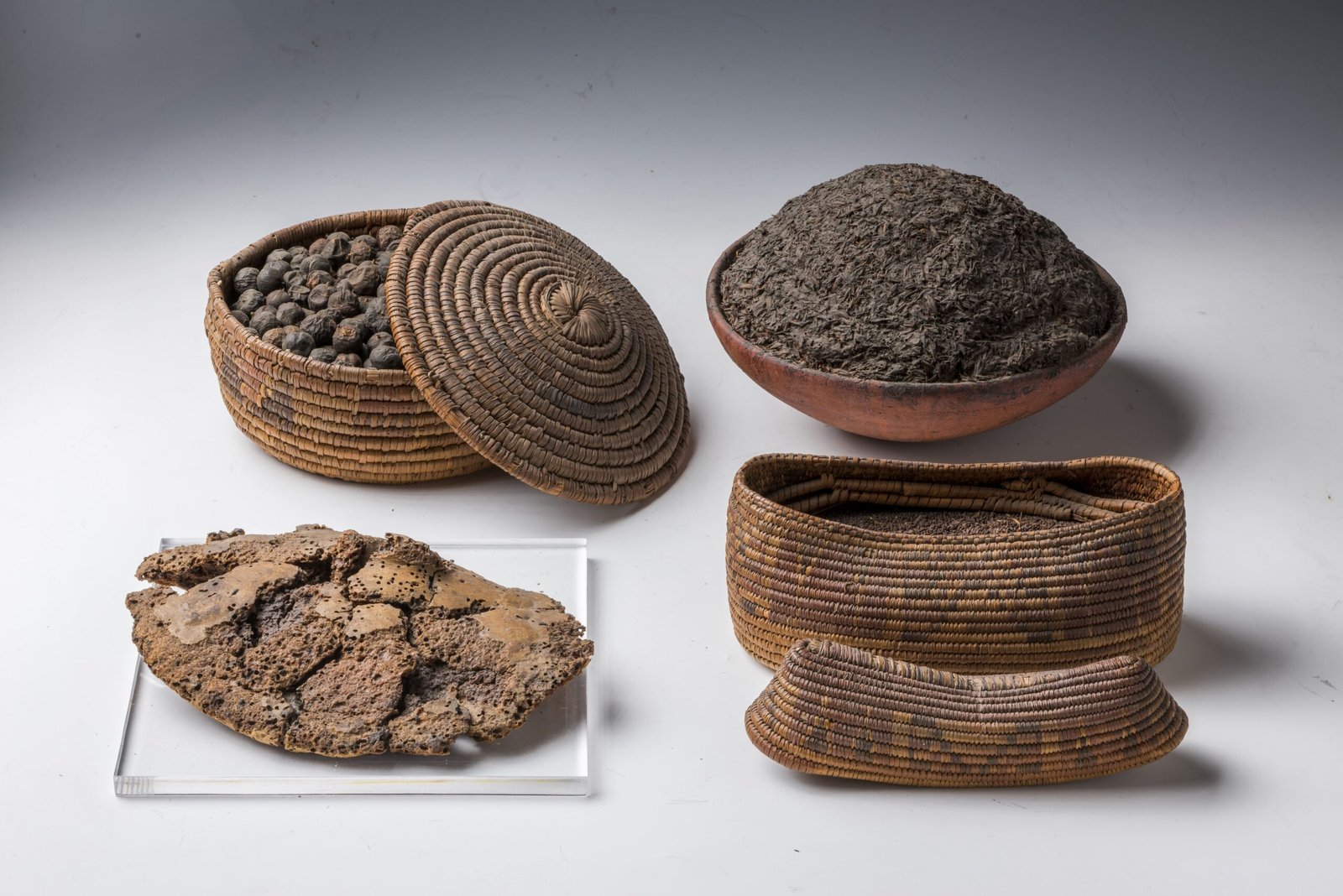
Not only animals lie hidden in permafrost. Seeds and plant remains, some tens of thousands of years old, have been discovered deep within the frozen earth. In one remarkable case, Russian scientists successfully grew a flower from a 32,000-year-old seed found in Siberian permafrost. These ancient plants offer a window into past ecosystems, showing what grew where mammoths once roamed. By analyzing preserved pollen and roots, researchers can reconstruct ancient climates and understand how vegetation shifted over time. The revival of extinct plants is more than a scientific curiosity—it’s a glimpse of the resilience and adaptability of life.
Trapped Microbes: The Tiny Survivors
Permafrost is crawling with microscopic life, much of it dormant for millennia. Bacteria, viruses, and other microbes can survive frozen conditions far longer than most living things. Some scientists have revived bacteria from permafrost that are tens of thousands of years old, raising questions about the limits of survival. These tiny time travelers may carry clues about ancient diseases, environmental changes, and evolutionary history. There’s a thrilling, slightly eerie possibility: could these organisms pose risks if released into today’s world? Or could they offer insights into life’s persistence under extreme conditions, even on other planets?
The Pleistocene Park Experiment
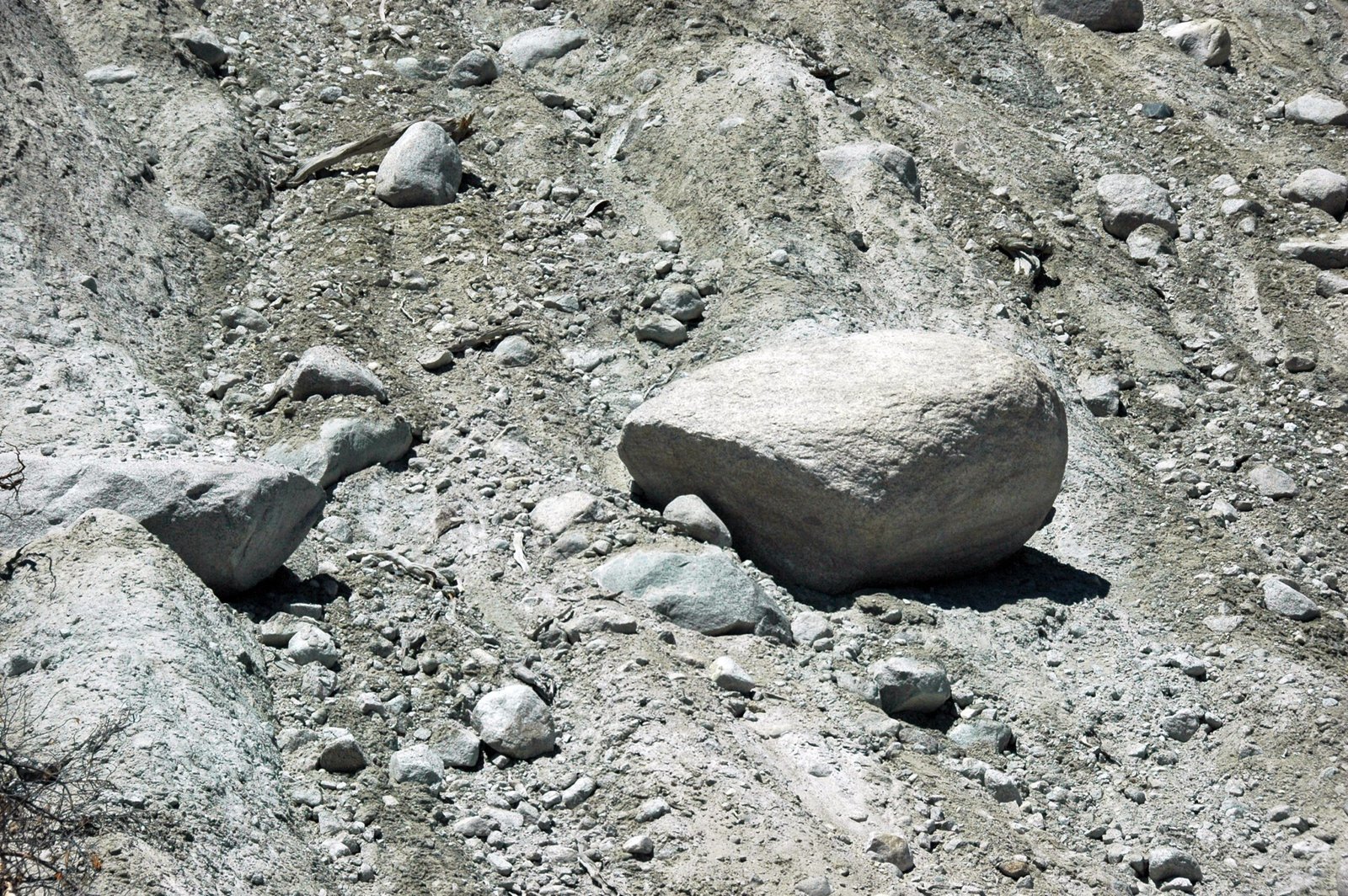
In northeastern Siberia, scientists are taking preservation to the next level with an ambitious project: Pleistocene Park. Here, researchers are reintroducing ancient grazing animals—like horses, bison, and potentially even resurrected mammoths—hoping to recreate Ice Age ecosystems. The idea is to use these animals to slow permafrost melt by trampling snow and maintaining grasslands. Pleistocene Park is both a scientific experiment and a bold vision for the future. It’s an attempt to use the lessons of the past, preserved in permafrost, to fight climate change and preserve biodiversity. The park stands as a living laboratory, blending old and new in a wild, windswept landscape.
Clues to Human Prehistory
Permafrost doesn’t just preserve animals—it also guards the traces of early humans. Stone tools, bone needles, and even ancient shelters have been found encased in frozen soil. By studying these artifacts, archaeologists reconstruct how people survived in harsh Ice Age environments. Sometimes, the bones of humans themselves are discovered, offering rare opportunities to extract ancient DNA. These finds help piece together humanity’s migration across continents, revealing lost cultures and forgotten stories. It’s as if the earth itself has been keeping our ancestors’ secrets, waiting for the right moment to reveal them.
Understanding Past Climates
One of the most valuable things preserved in permafrost is the record of ancient climates. Ice cores, layers of soil, and plant remains all hold data about temperatures, atmospheric gases, and weather patterns from thousands of years ago. Scientists can analyze these natural archives to understand how the earth’s climate changed over time, and how ecosystems responded. This knowledge is vital for predicting the impacts of today’s warming world. The frozen ground is like a time machine, showing us cycles of change and resilience that echo into our uncertain future.
The DNA Time Capsule
Permafrost is one of the world’s best natural DNA banks. Because cold temperatures slow down the breakdown of genetic material, scientists can extract high-quality DNA from animals, plants, and even microbes that lived many millennia ago. This ancient DNA has sparked the field of “paleogenomics,” letting researchers read the genomes of extinct creatures. With this information, they can trace evolutionary changes, uncover lost branches of the family tree, and even dream of de-extinction. The possibility of bringing back extinct species, like the woolly mammoth, is both thrilling and controversial, raising questions about science, ethics, and the meaning of extinction.
Life in the Deep Freeze: Survival Strategies
How do living things survive the deep freeze of permafrost? Animals and microbes have evolved astonishing adaptations to endure freezing, thawing, and long periods of inactivity. Some bacteria form tough spores, while mammoths grew thick layers of fat and fur. Seeds develop protective coatings, lying dormant until warmth returns. The study of these survival strategies is inspiring scientists, who look for ways to apply these lessons to medicine, agriculture, and space exploration. The resilience of life in permafrost shows the incredible adaptability of nature, even in the harshest conditions.
The Thawing Threat: Climate Change Unleashed
As global temperatures rise, permafrost is melting at unprecedented rates. This thaw releases not only preserved treasures but also greenhouse gases like methane and carbon dioxide, which have been trapped for thousands of years. The result is a dangerous feedback loop: as permafrost melts, it accelerates global warming, which melts more permafrost. Scientists worry that the loss of this icy layer could reshape ecosystems, release ancient pathogens, and even threaten communities built on once-solid ground. The drama unfolding in the far north is both a warning and a call to action—what we do next could shape the fate of the world.
Secrets Hidden in Ancient Ice
Sometimes it’s not just the soil but the ice itself that holds secrets. Layers of ancient ice, buried deep within glaciers and permafrost, can contain pollen, dust, and bubbles of ancient air. These frozen samples let scientists reconstruct past environments with incredible detail. By analyzing the chemistry and structure of ancient ice, researchers can see how volcanoes, wildfires, and even solar activity shaped the climate. The ice is like a diary, recording the planet’s triumphs and disasters for those who know how to read it.
Permafrost and the Mystery of the Megafauna Extinctions
Why did so many giant animals—mammoths, saber-toothed cats, giant sloths—vanish at the end of the Ice Age? Permafrost holds some of the clues. By studying preserved bones, dung, and stomach contents, scientists try to piece together the causes of these mass extinctions. Was it climate change, human hunting, disease, or some combination? The frozen tundra is slowly giving up its secrets, helping us understand how life responds to catastrophe. These lessons could be vital as we face our own era of rapid change and extinction.
Ghosts of Ancient Epidemics
The permafrost isn’t just a vault for extinct animals—it may also be preserving the remains of ancient epidemics. Scientists have discovered traces of viruses, bacteria, and even smallpox in frozen human and animal remains. While the risk of reanimated ancient diseases is still being studied, the possibility is both fascinating and a little unnerving. By examining these ancient pathogens, researchers hope to learn how diseases evolved and spread, and how our ancestors fought them. In a world increasingly concerned about pandemics, these icy time capsules could hold important lessons.
Fossilized Footprints and Tracks
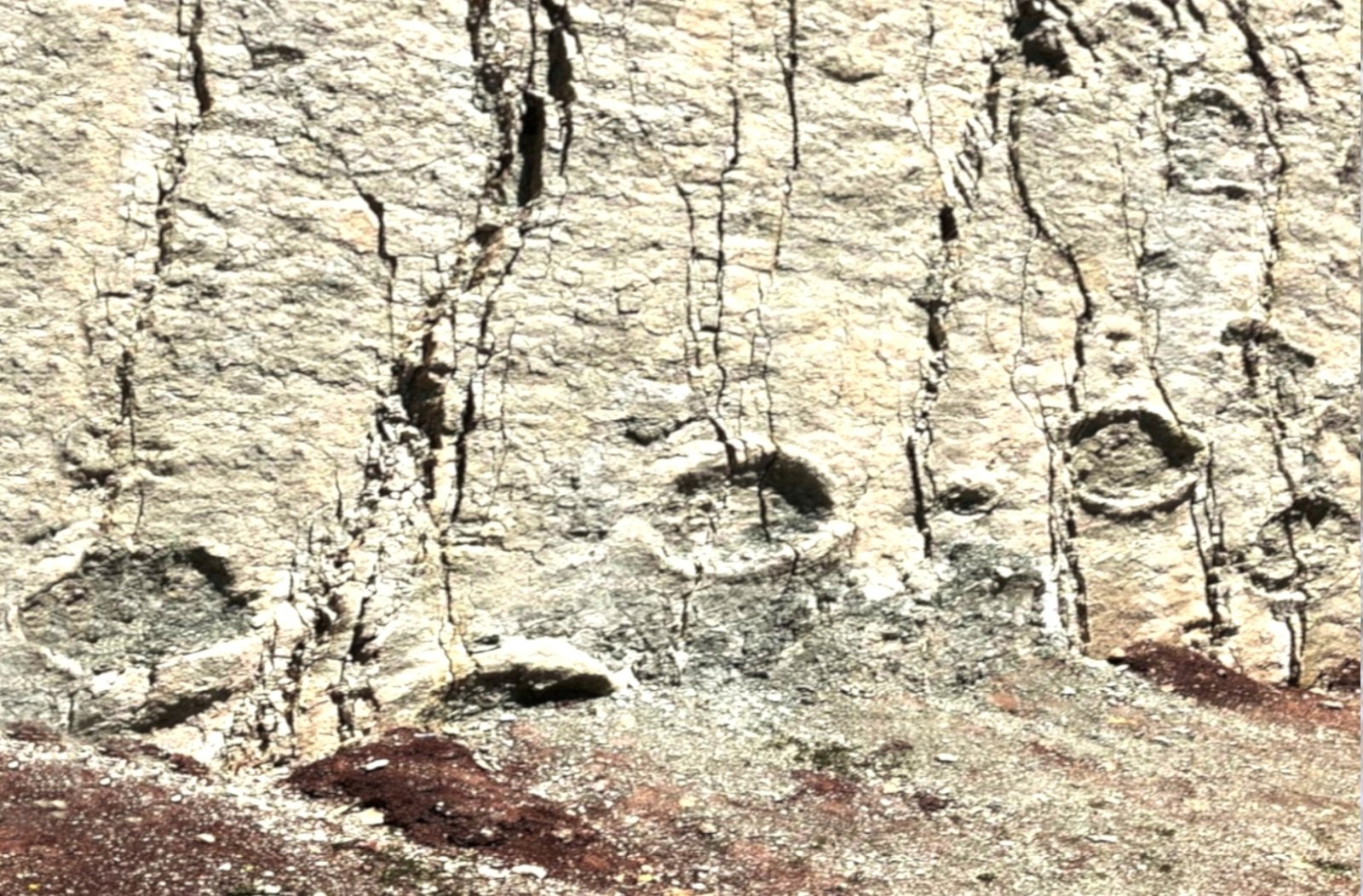
Sometimes, permafrost preserves not just bodies but the very movements of ancient animals. Fossilized footprints, trackways, and burrows can be found etched into the frozen ground. These traces bring long-lost worlds to life, showing how mammoths walked, where bison grazed, and even where predators stalked their prey. Each footprint is a snapshot of a vanished moment, a silent story waiting to be read. By studying these ancient tracks, scientists gain insights into behavior, migration, and the complex web of life that once thrived in the Ice Age.
The Artifacts of Lost Cultures
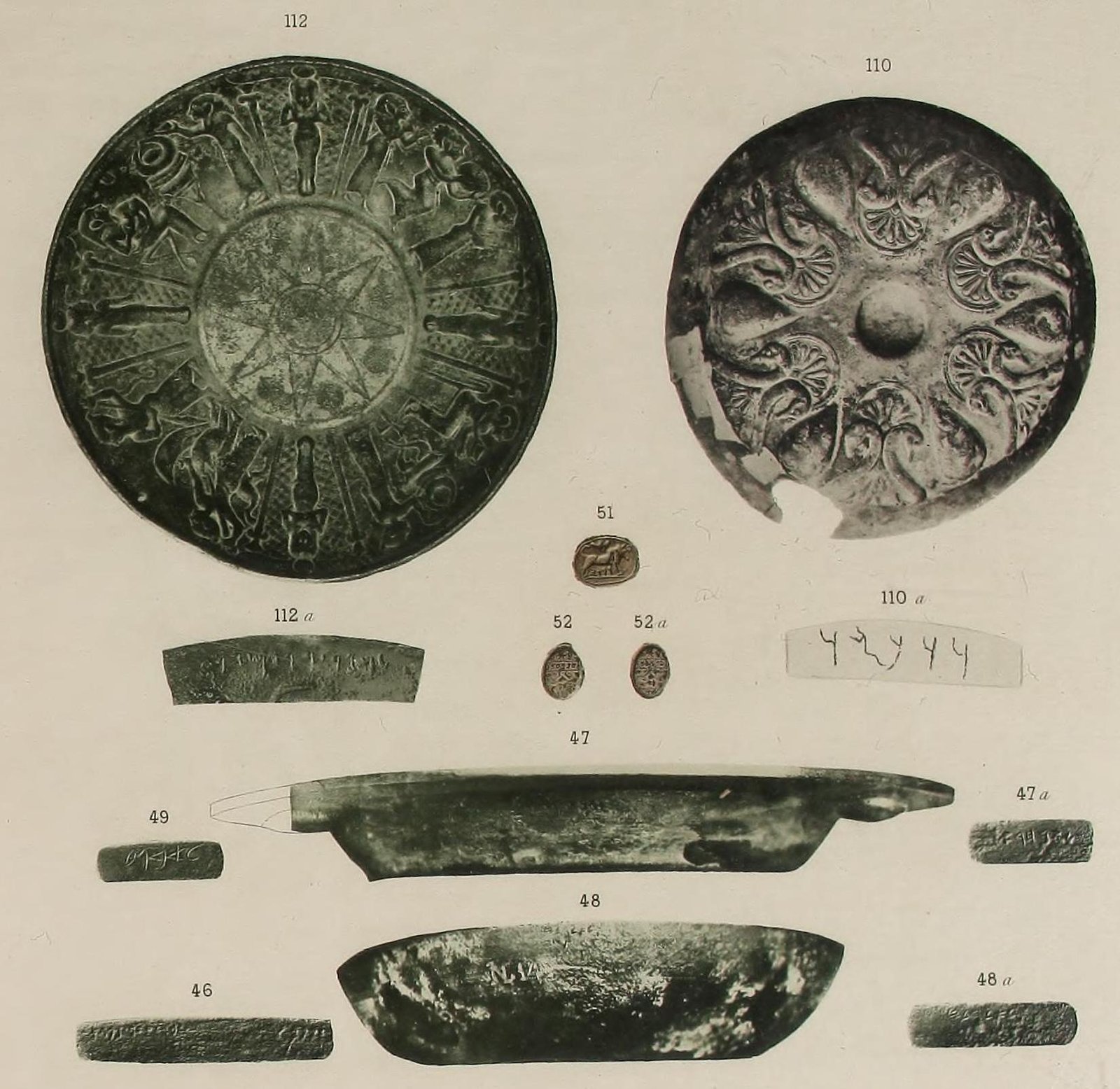
Every now and then, the thawing permafrost reveals tools, clothing, and artwork left by ancient peoples. These artifacts are often exceptionally well-preserved, making them priceless to archaeologists. From intricately carved bone needles to fragments of woven clothing, these finds paint vivid pictures of Ice Age ingenuity and creativity. The objects speak of survival, adaptation, and the bonds of community in a harsh world. Each artifact is a reminder that human history is deeper and more varied than we might imagine, with stories waiting patiently in the cold.
The Permafrost Carbon Bomb

Beneath the frozen ground lies an enormous stockpile of carbon—more than twice the amount currently in the atmosphere. As permafrost thaws, this carbon is released, potentially driving climate change to dangerous new heights. Scientists call this the “permafrost carbon bomb,” and it’s one of the most urgent environmental threats we face. Understanding how quickly and how much carbon might be released is a major focus of research. The stakes are high, and what happens in these icy regions could ripple across the entire planet.
Unexpected Fossil Finds: Lions, Horses, and More
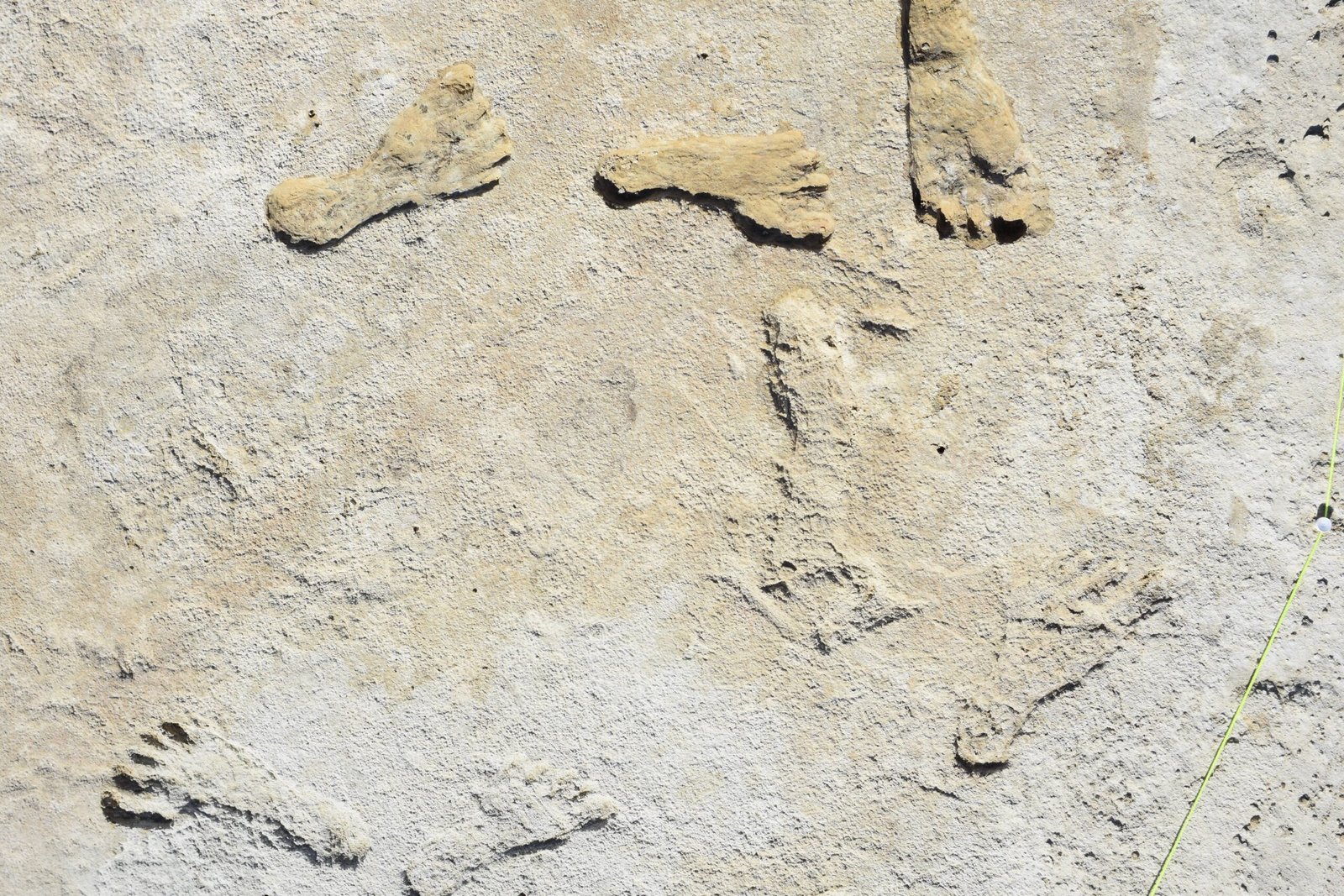
It’s not just mammoths that emerge from the mud. Permafrost has preserved a dazzling array of Ice Age animals, from cave lions and woolly rhinos to ancient horses and bison. Sometimes, these animals are found with fur still attached, their last meals still in their stomachs. Each discovery adds a new piece to the puzzle of past life, showing how diverse and vibrant these ancient ecosystems once were. The variety of fossils found in permafrost is a reminder that the world was once home to giants and wonders we can barely imagine today.
The Role of Indigenous Knowledge
For generations, Indigenous peoples of the Arctic and subarctic have lived alongside permafrost, developing deep knowledge of its rhythms and secrets. They’ve long known where mammoth bones lie, how the land shifts as it freezes and thaws, and how to adapt to changing conditions. Today, scientists increasingly partner with Indigenous communities, blending traditional wisdom with modern research. This collaboration enriches our understanding of permafrost and its treasures, and ensures that discoveries are made with respect for both science and culture.
Preserving the Preservers: Scientific Challenges
Studying permafrost is a race against time. As global temperatures rise, previously frozen remains are exposed to air and begin to decompose rapidly. Scientists work quickly, using helicopters, drones, and even refrigerated trucks to transport delicate specimens to laboratories. It’s a logistical challenge, full of surprises and setbacks. Each discovery is a triumph, but also a reminder of what could be lost forever if action isn’t taken. The urgency drives researchers to innovate, collaborate, and sometimes risk their own safety in pursuit of knowledge.
What Lies Ahead: The Next Chapter of Permafrost Science
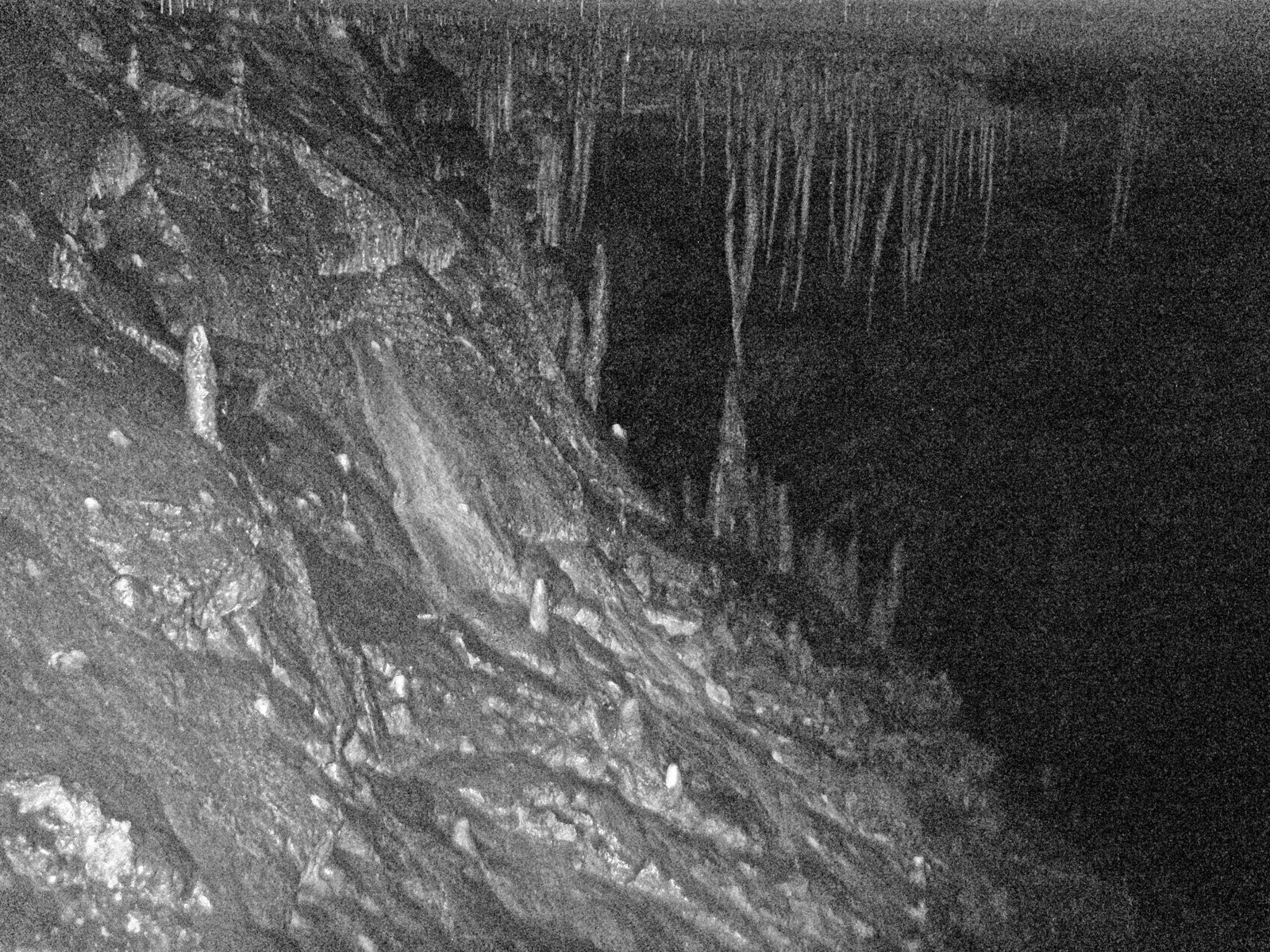
With every new thaw, permafrost reveals more of its astonishing archive. The next decade promises breakthroughs in ancient DNA, climate science, and even biotechnology inspired by frozen life. But these opportunities come with responsibilities. How we choose to study, protect, and respond to the treasures—and dangers—of permafrost will shape the future of science and the fate of the planet. The story of mammoths in the mud is one of wonder, warning, and hope—an ice-cold reminder that the past is always closer than we think.

